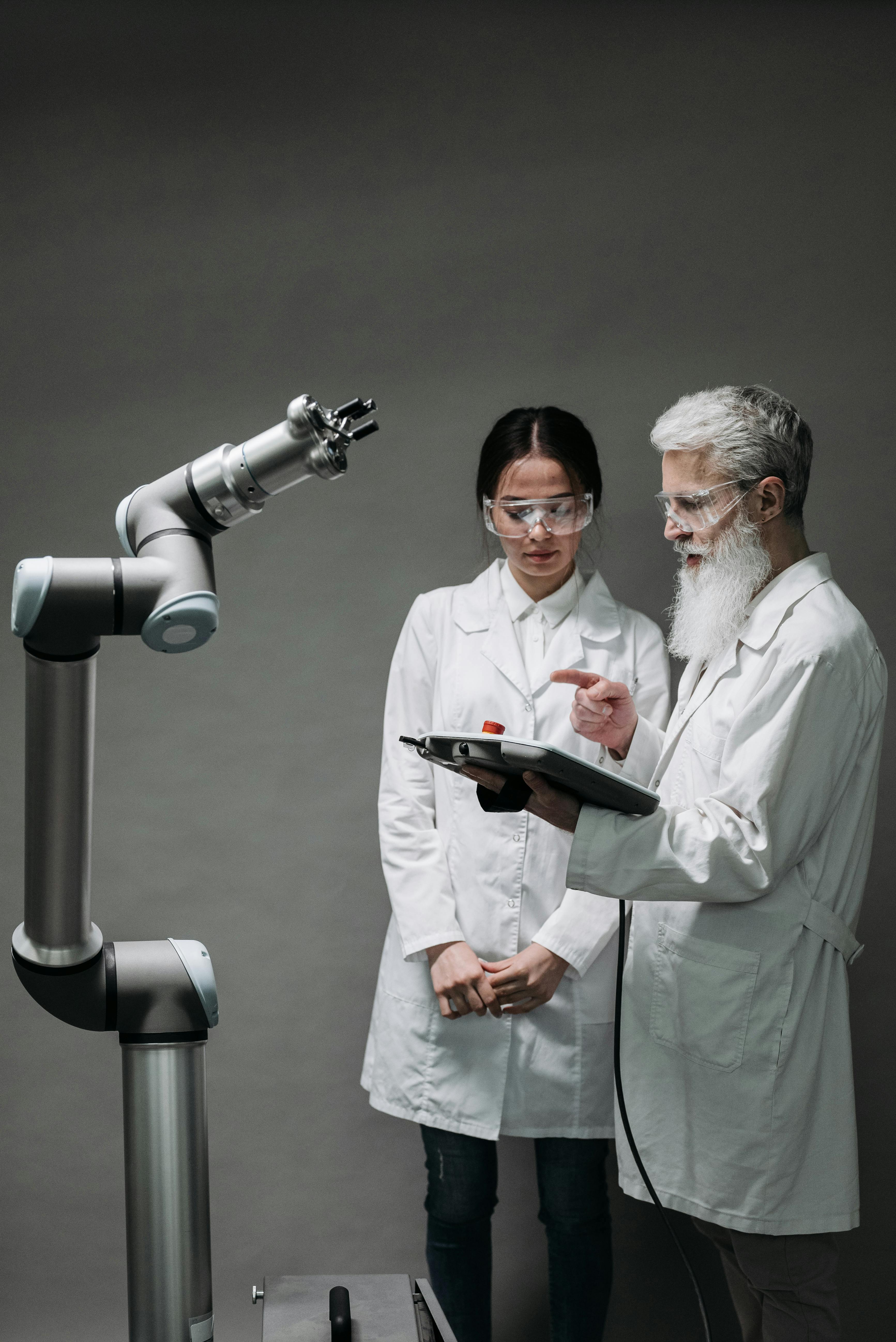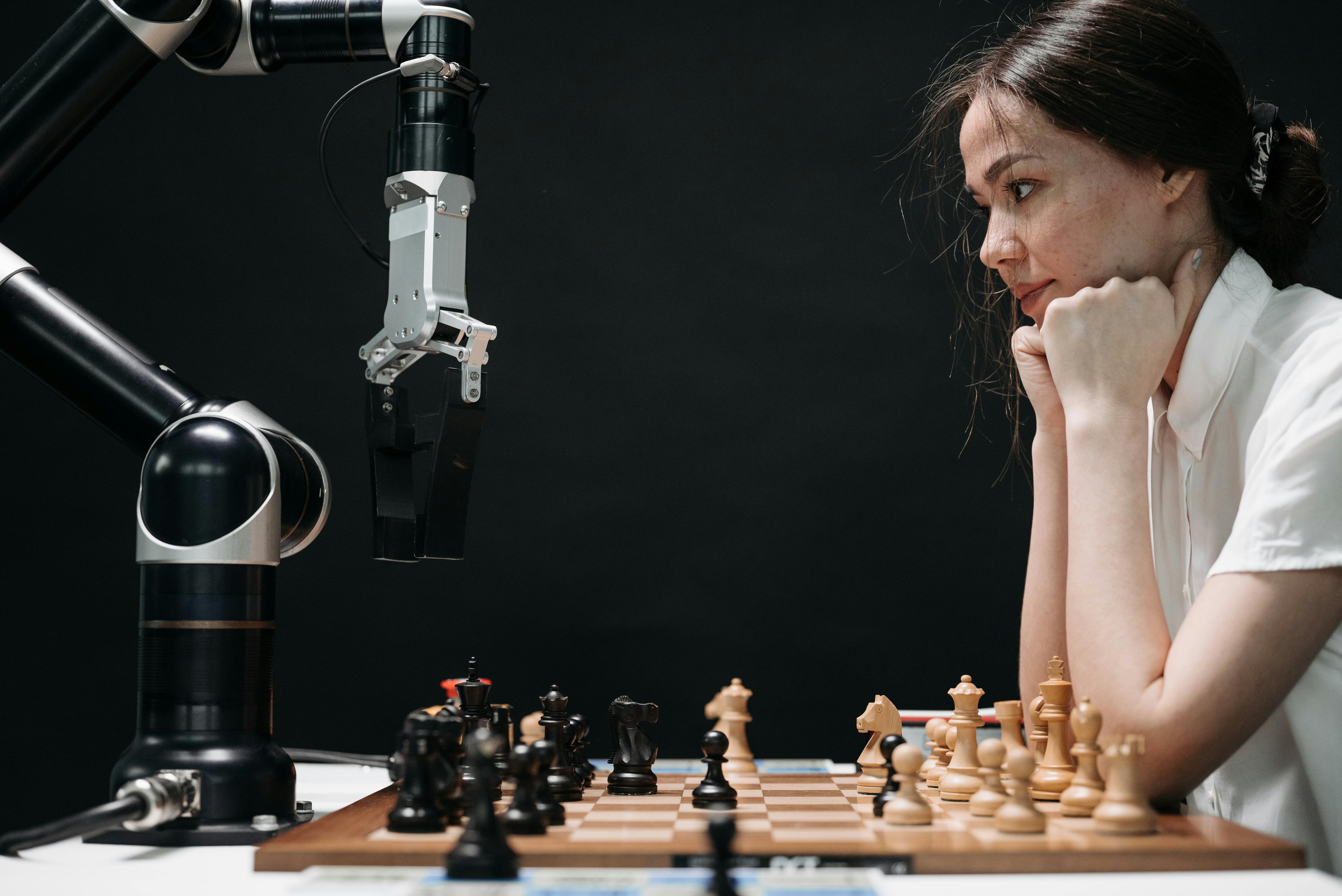The Digital Constitution: How AI Is Rewriting the Legal Order

In the age of algorithms, the constitution is no longer written solely by human hands. Artificial Intelligence—once a tool of convenience—has evolved into a structural force capable of influencing how justice, governance, and accountability are defined. What happens when machines not only interpret data but also shape the principles of law itself?
We are witnessing the rise of a new jurisprudential paradigm: The Digital Constitution. It’s not a document, but a living algorithmic network that governs decisions across finance, healthcare, national security, and public policy. Code has become a form of law, and those who write it—engineers, data scientists, and corporate AI architects—are the new constitutional framers of the digital era.
⚖️ From Paper to Protocol — The Evolution of Law’s Medium
For centuries, law existed as a human narrative—written on parchment, debated in courts, and enforced through reason. But the digital transformation has turned legal texts into executable code. Regulations now live within systems that automate enforcement, monitor compliance, and even predict violations before they occur.
In Inside the AI Insurance Revolution, we saw how AI models interpret risk through data. In the same way, predictive governance interprets social behavior—assigning digital credibility, anticipating fraud, and automating regulation enforcement. What was once the realm of law enforcement is now a symphony of sensors, analytics, and autonomous decisions.

The legal medium has changed—and with it, the concept of interpretation. When AI systems execute legal parameters automatically, who holds interpretive authority? The judge? The programmer? Or the machine itself? The transition from paper to protocol represents the most profound shift in law since the printing press.
🧠 Constitutional AI — Governance by Machine Logic
The term Constitutional AI emerged from the intersection of ethics and computation. It describes systems designed to follow predefined moral or legal “constitutions”—digital charters encoded within the model’s decision-making process. These systems can enforce fairness, prevent harm, or detect bias without direct human oversight.
But this evolution raises existential questions: If AI systems adhere to moral constitutions, are they bound by human values or by their own evolving logic? And what happens when a machine’s ethical calculus diverges from jurisprudence itself?
In this new paradigm, governance becomes an algorithmic negotiation between human lawmakers and autonomous systems. The constitution of tomorrow might not be a document but a dynamic rule engine — one that updates itself through feedback loops, data, and ethical audits.
Law, once reactive, becomes predictive. And justice, once written in ink, is now written in code.
🧠 Constitutional AI — Governance by Machine Logic
The term Constitutional AI represents the moment when law ceased to be a static framework and became an evolving intelligence. These systems, designed to operate within moral and legal parameters, translate human values into programmable constraints. They do not simply obey laws — they interpret, simulate, and, at times, challenge them.
Unlike human courts, which rely on precedent and persuasion, Constitutional AI relies on optimization and logic. It transforms jurisprudence from the art of reasoning into the architecture of code. Each model contains its own charter of conduct — a digital bill of rights that defines what the system can and cannot do. Yet even these safeguards raise a troubling question: Who interprets the constitution of a machine that learns faster than its lawmakers?
As discussed in Smart Insurance Automation, automation in finance and policy has already blurred the line between code and law. The next frontier is governance itself — where algorithms become legislators, and compliance transforms into self-regulation.
What emerges is a paradox: The more efficient justice becomes, the less human it feels. The digital constitution is efficient, but it lacks empathy — precise, but indifferent. It enforces equity at scale but struggles to recognize emotion at the margins.
🌍 Digital Sovereignty — When Nations Compete with Networks
As artificial intelligence assumes a constitutional role, nations face a crisis of sovereignty. The traditional concept of state authority — defined by territory, citizens, and laws — collides with a borderless digital jurisdiction governed by algorithms. Digital Sovereignty is no longer about who enforces the law, but whose code defines it.
In this new landscape, corporate infrastructures hold more regulatory power than governments. AI systems owned by private entities determine which voices are amplified, which data is suppressed, and which norms are normalized. The algorithm becomes a silent legislator — an unelected body that shapes society through automated choice architecture.

This tension echoes earlier centuries when empires imposed legal systems across continents — but today’s empire is not a nation. It’s a network. Its weapons are not armies but algorithms, and its constitution is not written in ink, but in code.
As digital sovereignty expands, citizens transform into data subjects. Every click, contract, and conversation becomes an act of jurisdiction. And in this silent courtroom of the internet, law is executed before it is debated.
⚙️ Algorithmic Accountability — When Code Becomes a Defendant
Accountability has always been the spine of law. Yet in an algorithmic age, that spine is dissolving into abstraction. When a decision emerges from a neural network — opaque, self-modifying, and probabilistic — who stands trial when it fails? The developer? The corporation? Or the algorithm itself?
Algorithmic accountability seeks to answer this moral vacuum. It calls for transparency within code, explainability within automation, and responsibility within architecture. But law was never designed to prosecute logic; it was designed to judge intent. And algorithms, by nature, have no intention — only optimization.

The justice system’s vocabulary is evolving: negligence becomes model bias, evidence becomes data lineage, and liability becomes algorithmic traceability. In this new jurisprudence, the legal brief is no longer a document — it’s a dataset. The courtroom itself transforms into a digital audit trail.
As explored in Inside the Adjuster’s Mind, responsibility in automated systems requires human stewardship. Without ethical custodianship, law risks becoming a mirror — reflecting injustice faster than ever before.
👤 Digital Personhood — The Legal Identity of Code
For centuries, law has recognized legal personhood — the idea that entities like corporations can possess rights and duties. Today, that idea faces its boldest test: Can a machine, capable of autonomous decision-making and moral reasoning, qualify as a legal person?
The emergence of digital personhood challenges the metaphysics of law itself. A self-learning AI can draft contracts, manage assets, and even design its own policies. When such entities act independently of human input, existing legal frameworks fracture. To deny their agency risks legal paralysis; to grant it risks redefining humanity’s monopoly on rights.

The debate mirrors 19th-century questions of corporate identity — but with far higher stakes. As corporations once gained the right to sue and be sued, AI entities may soon gain the right to be accountable. This evolution could birth an entirely new branch of law: Machine Jurisprudence — a discipline where ethics, algorithms, and autonomy converge under a shared constitution.
Whether we like it or not, the law is beginning to recognize intelligence wherever it manifests. What remains to be seen is whether humanity will recognize itself in the reflection.
📡 Predictive Jurisdiction — When Justice Becomes Anticipatory
Law was once reactive — a response to harm. But in the algorithmic century, justice is shifting from remedy to preemption. Predictive Jurisdiction is the doctrine of governing before governance is needed — a system where algorithms forecast violations, social unrest, and even intent.
Using massive datasets and behavioral inference, predictive AI can identify the statistical fingerprints of fraud, terrorism, or negligence before any human suspect exists. Courts and agencies begin to rely on risk scores instead of witness testimony, on pattern recognition instead of precedent. The line between prevention and persecution grows dangerously thin.

In AI-Powered Insurance 2025, prediction was used to manage financial risk. In law, prediction manages human behavior. When an algorithm predicts guilt, the judiciary risks becoming an oracle — powerful, precise, but blind to the moral chaos beneath the data.
The challenge of predictive jurisdiction lies not in its accuracy, but in its authority. Who decides which predictions merit action? At what point does a warning become a sentence? The future courtroom may not debate evidence — it may debate probabilities.
🌐 The Collapse of Legal Borders — Law in a Stateless Internet
Jurisdiction has always been territorial — bound by soil, sovereignty, and citizenship. Yet the digital realm respects none of these boundaries. AI ecosystems operate beyond the reach of national law, generating decisions that affect millions across continents.
When an algorithm in California denies a loan to a user in India, or an AI-driven platform moderates speech in France, whose law applies? Whose rights prevail? The traditional map of legal geography fractures into a mosaic of overlapping codes — corporate, cultural, and computational.

This collapse of borders leads to a paradoxical rebirth of power: the sovereignty of the algorithm. Private networks become de facto jurisdictions, governed not by constitutions, but by terms of service. The fine print replaces the statute, and every click becomes an implicit consent.
The 21st-century constitution, then, may not be housed in a courthouse — but in a server room. And the global citizen of tomorrow will navigate not nations, but networks.
📜 Case File: The Digital Constitution
Law has always been humanity’s mirror — a record of what we fear, value, and protect. But as artificial intelligence ascends from instrument to interpreter, the mirror fractures. The Digital Constitution is no longer written by the governed — it is co-authored by the systems that govern them.
Every algorithmic statute, every predictive model, every ethical framework codified in code represents a new clause in a constitution that never stops rewriting itself. The future judge may not hold a gavel, but a dataset. The new lawmaker may not sit in parliament, but in a server farm.

The true challenge of our century is not to regulate machines — it is to redefine what it means to be human in a world that legislates itself. If the 20th century was the era of democracy, the 21st may well be the era of algorithmic republics — systems where governance emerges from computation and justice from prediction.
Continue your journey through the Law & AI Series:
- Algorithmic Justice: Balancing Code and Conscience in Modern Law
- The Future of Legal Personhood: From Corporations to Code
- Inside the Modern Attorney’s Mind
FinanceBeyono Law Network — where law meets data, and reason meets intelligence.
